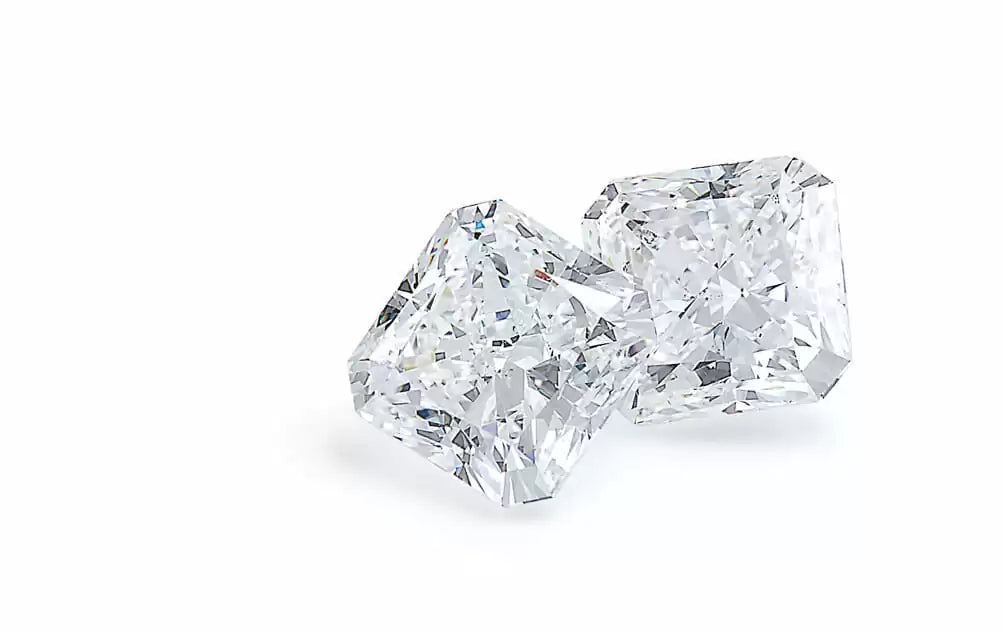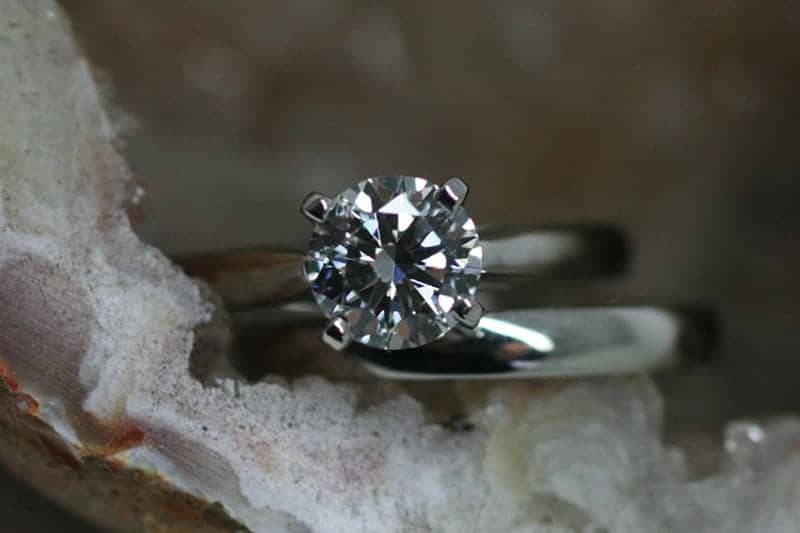Introduction
Diamonds have long been a symbol of luxury and love, but with the rise of lab grown diamonds, the landscape is shifting. If you’re in the market for a diamond, you might find yourself wondering whether to go for a traditional mined diamond or opt for a more modern lab grown one. In this article, we’ll break down the key differences, explore the pros and cons of each, and help you make an informed decision.
What Are Diamonds?
Diamonds are essentially carbon atoms arranged in a crystal lattice. This unique structure gives them their unparalleled hardness and brilliance. But did you know there are two primary sources of diamonds: natural mines and laboratories?
Why the Debate?
With the growing popularity of man made diamonds, many are questioning whether they are a viable alternative to mined diamonds. This debate centers around factors like cost, ethics, and environmental impact. Let’s dive into the details.
Understanding Mined Diamonds
How Mined Diamonds Are Formed
Natural diamonds are formed deep within the Earth’s mantle under extreme pressure and temperature conditions. It takes millions of years for these diamonds to reach the Earth’s surface through volcanic eruptions. This geological process contributes to their rarity and value.
The Mining Process
Mining for diamonds involves extracting them from the earth, and there are several methods to do this.
Traditional Mining Methods
Traditional diamond mining includes methods like open-pit mining, underground mining, and alluvial mining. These processes are labor-intensive and can significantly impact the environment.
Environmental Impact
The environmental footprint of traditional diamond mining is substantial. It involves land disruption, ecosystem damage, and the use of large amounts of water and energy. Efforts are being made to mitigate these impacts, but challenges remain.
Quality and Rarity
Mined diamonds are often prized for their rarity and unique natural characteristics. Each mined diamond is one-of-a-kind, with inclusions and color variations that tell its story. However, this rarity can also drive up the price.
Exploring Lab-Grown Diamonds
What Are Lab-Grown Diamonds?
Lab-grown diamonds, also known as synthetic or cultured diamonds, are created in a controlled environment using advanced technology. These diamonds have the same physical and chemical properties as natural diamonds, making them a compelling alternative.
The Creation Process
Lab-grown diamonds are produced using two main techniques.
High Pressure High Temperature (HPHT)
The HPHT method mimics the natural conditions under which diamonds form. Carbon is subjected to high pressure and temperature in a laboratory setting, resulting in the creation of diamonds.
Chemical Vapor Deposition (CVD)
CVD involves depositing carbon atoms onto a substrate in a vacuum chamber. The carbon atoms crystallize, forming diamonds. This method allows for the production of diamonds with fewer impurities.
Benefits of Lab-Grown Diamonds
Lab-grown diamonds offer several advantages. They are generally more affordable than mined diamonds and can be produced in a more environmentally friendly manner. Additionally, they eliminate concerns about unethical labor practices.
Comparing Mined and Lab-Grown Diamonds
Cost Differences
Lab-grown diamonds typically cost 20-40% less than their mined counterparts. This cost difference is due to the lower production expenses and the absence of middlemen in the supply chain.
Ethical Considerations
When it comes to ethics, mined or lab grown diamonds have a clear advantage. They avoid the issues associated with conflict diamonds and questionable labor practices found in some mining operations.
Human Rights and Labor
Mined diamonds can sometimes be linked to human rights abuses, including forced labor and unsafe working conditions. Lab-grown diamonds, on the other hand, are produced in a controlled environment with strict ethical standards.
Environmental Responsibility
Lab-grown diamonds have a lower environmental impact compared to mined diamonds. The production process requires less land and water and generates fewer greenhouse gases.
Market Perception and Value
Despite their similarities to mined diamonds, lab-grown diamonds can be perceived differently in the market. While their value is rising, some still view them as less prestigious. However, as they become more mainstream, perceptions may shift.
Choosing the Right Diamond for You
Factors to Consider
When deciding between mined and lab-grown diamonds, consider factors like your budget, personal values, and the significance of the diamond for you.
Budget
If you have a tight budget, lab-grown diamonds offer an attractive option without compromising on quality or beauty.
Personal Values
If ethical concerns are important to you, lab-grown diamonds align with more sustainable and responsible practices.
Making an Informed Decision
Ultimately, the choice between mined and lab-grown diamonds depends on your personal preferences and values. Both types of diamonds have their own unique benefits, so weigh your options carefully.
Conclusion
Choosing between mined and lab-grown diamonds is more than just a financial decision—it’s about aligning with your values and preferences. Mined diamonds offer a classic touch with their natural rarity and allure, while lab-grown diamonds present a modern, ethical alternative that’s often more affordable. By understanding the key differences and benefits, you can make a choice that reflects both your style and your principles.



